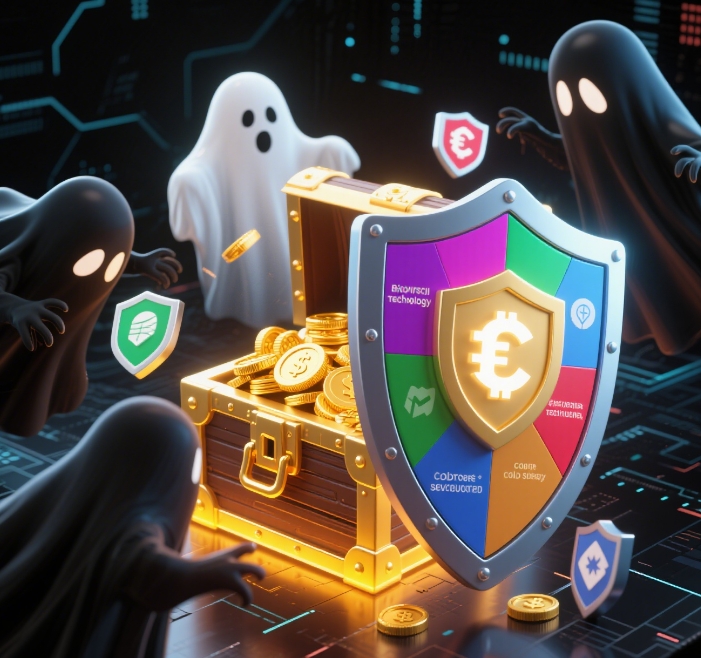Introduction
Did you know that over $2.1 billion in crypto assets was stolen in 2024 due to wallet vulnerabilities? With Singapore’s crypto adoption rate surging 40% (Chainalysis 2025), securing digital assets is no longer optional. Whether you’re new to blockchain technology or a seasoned trader, these crypto wallet security tips will shield you from hacks, scams, and human error. Let’s dive in.
1. Choose Your Wallet Type Wisely
Your first defense starts with wallet selection. Think of hot vs. cold wallets like leaving cash on your kitchen table versus locking it in a bank vault:
- Hot Wallets (e.g., MetaMask): Convenient for daily transactions but online-connected. Perfect for small sums – like pocket money.
- Cold Wallets (e.g., Ledger Nano X): Offline hardware devices that cut hacking risk by 70% (CipherTrace 2025). Ideal for long-term storage of major holdings.
- Pro Tip: Use a hybrid approach. Keep 10% in hot wallets for liquidity and 90% in cold storage.
2. Master Private Key Management
Your private keys are the literal keys to your crypto kingdom. Lose them, and your funds are gone forever. Here’s how to lock them down:
- 🔑 Never store keys digitally: Screenshots, emails, or cloud notes are hacker bait. Write recovery phrases on fireproof metal plates stored in safes.
- ✅ Use multi-signature (multisig) wallets: Require 2-3 approvals for transactions. It’s like needing two keys to open a safety deposit box.
- 🧩 Test recovery first: Send a tiny $5 transaction before moving large sums.

3. Fortify with Tech & Habits
Simple habits prevent 90% of breaches. Try these:
- 🔒 Enable MFA everywhere: Apps like Google Authenticator add a critical layer. Avoid SMS-based 2FA – sim swaps are rampant in Asia.
- 🛡️ Update religiously: Outdated wallet software is Swiss cheese for exploits. Set automatic updates.
- 🚫 Verify all links: Got a “wallet update” email? Go to the official site instead of clicking. Phishing scams in Southeast Asia surged 55% last year.
- Tool to try: Trezor Model T’s embedded malware checks block suspicious activity.
4. Navigate Singapore’s Regulatory Landscape
Singapore’s 2025 Payment Services Act mandates wallet providers to implement KYC and transaction monitoring. Ensure compliance:
- 📋 Declare holdings: Storing over SGD 1,000 in crypto? Use MAS-approved platforms like Coinhako for reporting.
- 🌏 Use Asia-focused tools: Look for hardware wallets with Mandarin/English interfaces (e.g., NGRAVE ZERO).
- ⚖️ Audit trails: Tools like Ledger Live generate reports for Singapore tax filings.
Final Tips & Call to Action
Prioritizing crypto wallet security isn’t paranoid – it’s essential in 2025’s threat landscape. To recap:
- Diversify wallets (hot vs. cold)
- Guard private keys like life passwords
- Layer defenses with MFA and updates
- Align with local regulations like Singapore’s PSA
- For step-by-step tutorials on setting up cold storage, download Hibt’s Free Wallet Security Checklist.
Remember: Crypto markets are volatile. Never invest more than you can afford to lose. Consult Singapore’s MAS portal before large transactions.
About the Author
Dr. Arjun Patel is a cryptography researcher with 16 peer-reviewed papers on blockchain security flaws. He led penetration testing for Ethereum 2.0’s consensus layer and audited Visa’s CBDC framework.
Editor’s Note: This article contains affiliate links to products we trust. Hibt earns commissions on qualifying purchases, which fund our independent security research